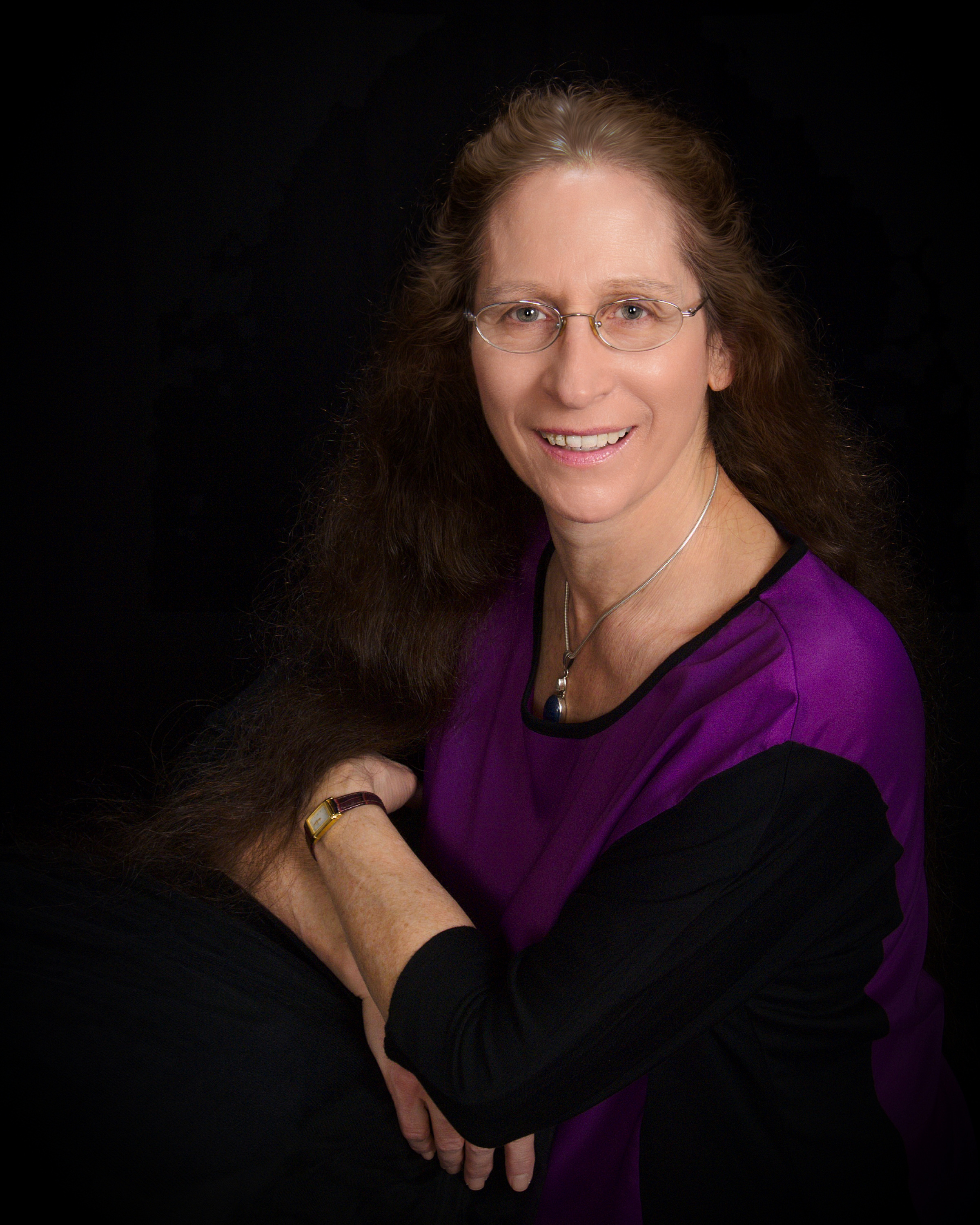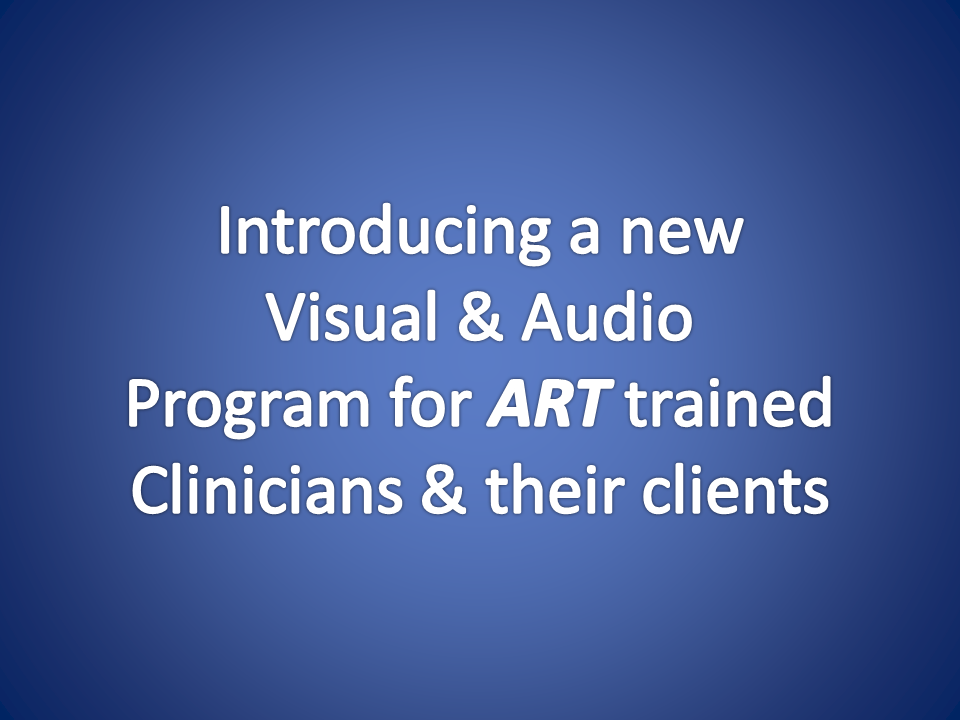
Developed in 2008, Accelerated Resolution Therapy (ART) has been studied by the University of South Florida (USF) and has been shown to eliminate symptoms of Post-Traumatic Stress Disorder (PTSD) in one to five sessions.
ART therapists use this therapy for all types of problems. It has even been shown in studies to reduce or eliminate pain. ART takes a very procedural approach to therapy and persons wanting this therapy need to see an ART trained therapist. Sensations, however, that are processed out during the therapy can also be processed out by the clients themselves. ART therapists, when appropriate to do so, will teach their clients how to process out their own sensations.
Many therapists have asked if there is another way to facilitate the eye movements because they have shoulder pain or would just like another option if they tired of using their hand. Here is an option developed by Insight innovations, LLC that does work to replace the hand movements. It is very user friendly and has great technical support if needed.
As an aid to processing out sensations, a computer program can be a valuable tool in helping both the ART clinicians and their clients in using the correct amount of eye movements to facilitate positive changes in the body.
The device developed by Insight Innovations, LLC is not meant to be a substitute for therapy and in fact, it is meant to be used by clients to only focus on sensations in the body. If any negative images or thoughts arise, those images were there and can be processed through by seeing an ART therapist.
Laney Rosenzweig LMFT
 click here to exit this window
click here to exit this window

A hands on experience report from the ART clinician who helped create and uses this computer application.
Trained in ART 5 years ago, I have used ART daily in my private practice and at the University of South Florida's research projects on ART.
Last year, I learned that Insight Innovations had created computer based program that duplicated the hand movement, could eliminated counting, and could prevent physical strain on the therapist. Because of my own need for such device, I partnered with them and started work on making the program clinically practical for me. As the work progressed, it became obvious that other ART therapists could also benefit from the program.
Some may be concerned that looking at a computer screen rather than a hand could create a less personal and caring experience for the client. I am happy to report that after a period of extended use, I continue to offer the same warmth and effectiveness I had when I used my hand, and that I have not had any resistance from my clients transitioning from hand movement to computer screen. I recommend this program to ART clinicians who want the option of not counting or using their hand for the eye movements.
Mireya Martin LMFT
 click here to exit this window
click here to exit this window











